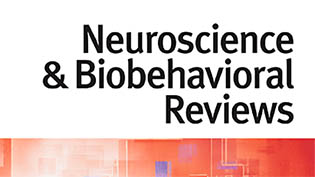Prognostic prediction of therapeutic response in depression using high-field MR imaging
Authors: Qiyong Gong, Qizhu Wu, Cristina Scarpazza, Su Lui, Zhiyun Jia, Andre Marquand, Xiaoqi Huang, Philip McGuire, Andrea Mechelli*
Journal: Neuroimage
DOI: 10.1016/j.neuroimage.2010.11.079
Abstract: Despite significant advances in the treatment of major depression, there is a high degree of variability in how patients respond to treatment. Approximately 70% of patients show some improvement following standard antidepressant treatment and are classified as having non-refractory depressive disorder (NDD), while the remaining 30% of patients do not respond to treatment and are classified as having refractory depressive disorder (RDD). At present, there are no objective, neurological markers which can be used to identify individuals with depression and predict clinical outcome. We therefore examined the diagnostic and prognostic potential of pre-treatment structural neuroanatomy using support vector machine (SVM). Sixty-one drug-naïve adults suffering from depression and 42 healthy volunteers were scanned using structural magnetic resonance imaging (sMRI). Patients then received standard antidepressant medication (either tricyclic, typical serotonin–norepinephrine reuptake inhibitor or typical selective serotonin reuptake inhibitor). Based on clinical outcome, we selected two groups of RDD (n = 23) and NDD (n = 23) patients matched for age, sex and pre-treatment severity of depression. Diagnostic accuracy of gray matter was 67.39% for RDD (p = 0.01) and 76.09% for NDD (p < 0.001), while diagnostic accuracy of white matter was 58.70% for RDD (p = 0.13) and 84.65% for NDD (p < 0.001). SVM applied to gray matter correctly distinguished between RDD and NDD patients with an accuracy of 69.57% (p = 0.006); in contrast, SVM applied to white matter predicted clinical outcome with an accuracy of 65.22% (p = 0.02). These results indicate that both gray and white matter have diagnostic and prognostic potential in major depression and may provide an initial step towards the use of biological markers to inform clinical treatment. Future studies will benefit from the integration of structural neuroimaging with other imaging modalities as well as genetic, clinical and cognitive information.
